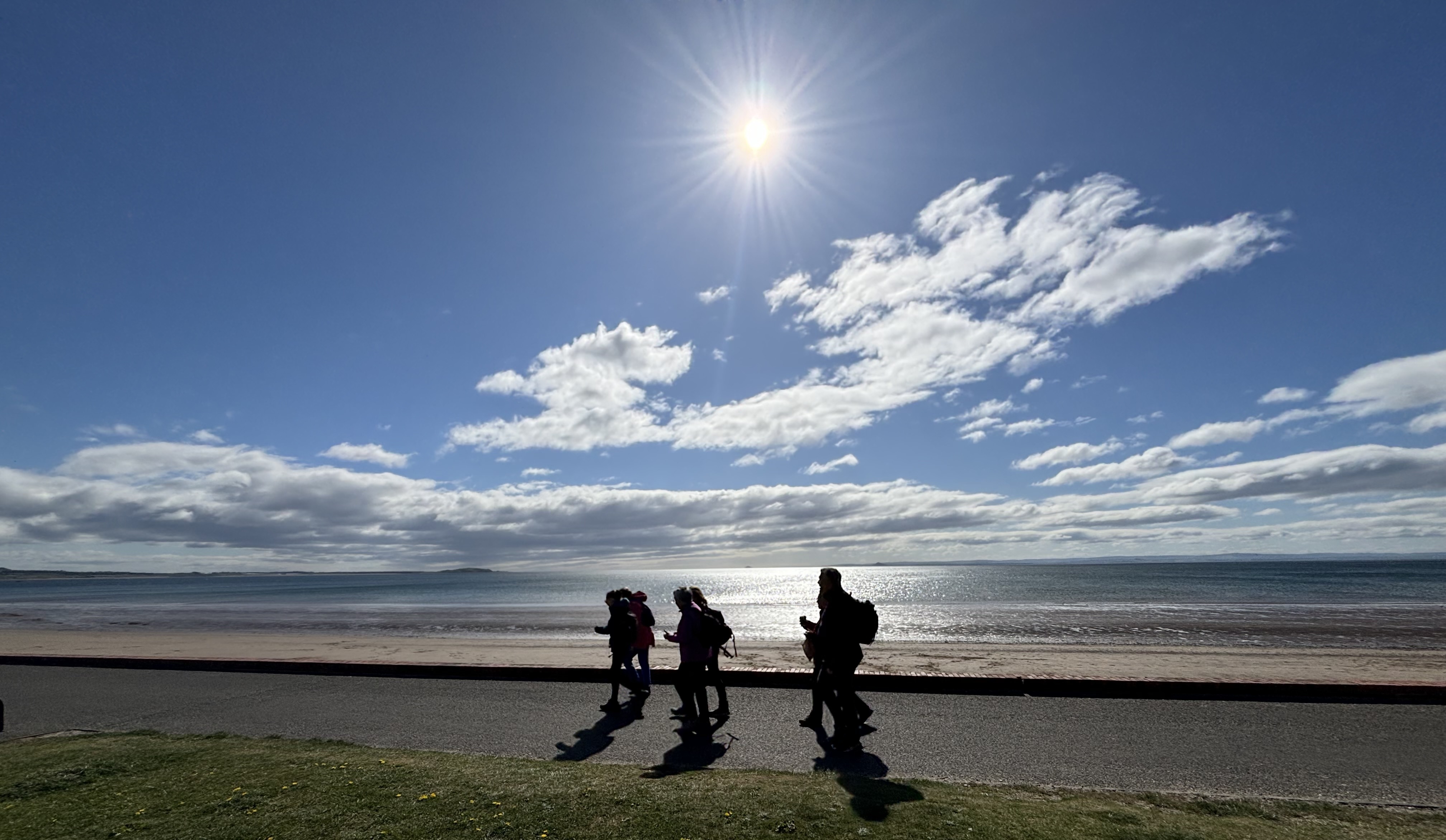
All over the world, people take special journeys – not just to get somewhere new, but to think, to heal, or to take on a personal challenge. These are called pilgrimages – adventures for the body, mind and spirit.
For thousands of years, people have gone on pilgrimages for many reasons: to say thank you, to ask for forgiveness, or to find some peace when life feels busy. A wise man called St. Augustine, over 1,500 years ago, said something simple but powerful: “Solvitur ambulando” – “It is solved by walking.” And we’ve all probably felt that – how a walk can help clear our heads.
Pilgrimages are still very popular today. Take the Camino de Santiago in Spain – last year, nearly half a million people walked it! It’s a long path that winds through beautiful countryside, ending at a historic cathedral. People from all over the world walk it – not just for religious reasons, but to reflect, to reset, or just to experience something extraordinary.
There are many other famous pilgrimages. The Hajj, for example, is a deeply meaningful journey made each year by millions of Muslims to the holy city of Mecca. It includes powerful rituals like walking around the Ka’bah and praying on Mount Arafat – a deeply moving experience of faith and unity.
Then there’s the Inca Trail to Machu Picchu in Peru – a challenging hike through the Andes to an ancient city once sacred to the Incas. And in Tibet, pilgrims still walk around Mount Kailash, a mountain considered so holy that climbing it is forbidden. It’s believed that just walking around it can bring deep spiritual renewal.
What all of these have in common is this: walking can be more than just a way to get somewhere. It can be a way to reconnect – with nature, with others, and with ourselves.
And it turns out, walking is really good for us too. It strengthens our hearts, boosts our mood through happy chemicals called endorphins, and lowers stress. Being outdoors lifts our spirits and helps us feel more confident. Health experts agree – walking, especially in nature, can even ease anxiety and depression.
It’s also kind to the planet. No engines, no fumes – just you and the fresh air. Every step helps make the world a little healthier too.
And now, closer to home – our own pilgrimage! Now, you might not be planning a trip to Tibet or Spain but perhaps you could think about your own ‘mini-pilgrimage’. Perhaps you and your family could join Miss Tomlinson and myself, and lots of other people from our wider school community on the final part of the St Margaret’s Way?
Many of the roads, bridges and crossing points we have walked including - the famous Queen’s Ferry - were created hundreds of years ago for the steady stream of pilgrims to St Andrews, in Fife. Pilgrimage changed the landscape of Fife forever and earned it the nickname of the ‘Pilgrim Kingdom.’
On Sunday June 8th, Miss Tomlinson and I, along with others from our school community, will walk the final stage of the St Margaret’s Way – 20 kilometers from Crail to St Andrews. That’s the final stretch of a 125 km journey we’ve been doing in parts. We have followed the most famous and best recorded route to St Andrews starting in Edinburgh, established by St Margaret in the late 11th century.
The final section of our walk will take us around 6 hours, and be on paths, rocky beaches and tracks until we reach the town of St Andrews, where we will most certainly have an ice-cream!
Along the way so far we’ve seen stunning beaches, little harbours and mysterious caves. We’ve spotted cormorants and seals, crossed the Forth Road Bridge, and yes – even popped into Greggs! We’ve shared bakes, swapped chocolate, and had loads of brilliant chats. Most importantly, we’ve walked together – exactly like pilgrims have done on these routes for hundreds of years.
So maybe you’re not off to Spain or Peru, but you can still take a kind of mini-pilgrimage. Whether it’s a long walk with others, or just a quiet one on your own, it can help you feel more connected, more peaceful – maybe even a bit more you.
As someone said to me recently, after a thoughtful conversation on the path, “I guess this is probably what thousands of people have done on this same route over hundreds of years.”
And perhaps, just like St. Augustine said, “It is solved by walking.”
Mrs Robson, Teacher of Chemistry